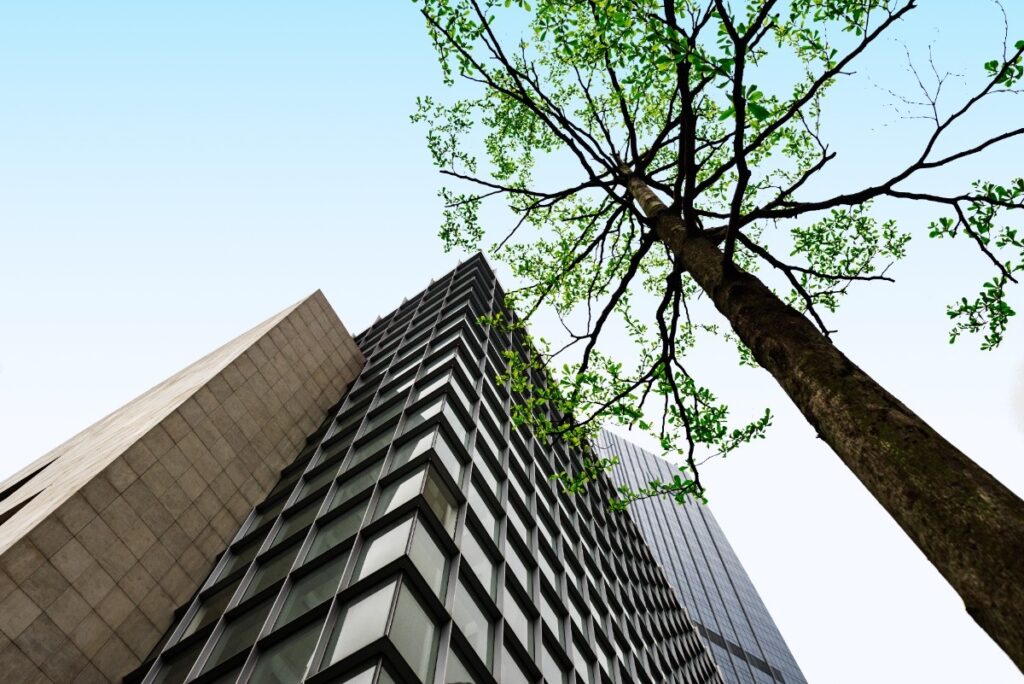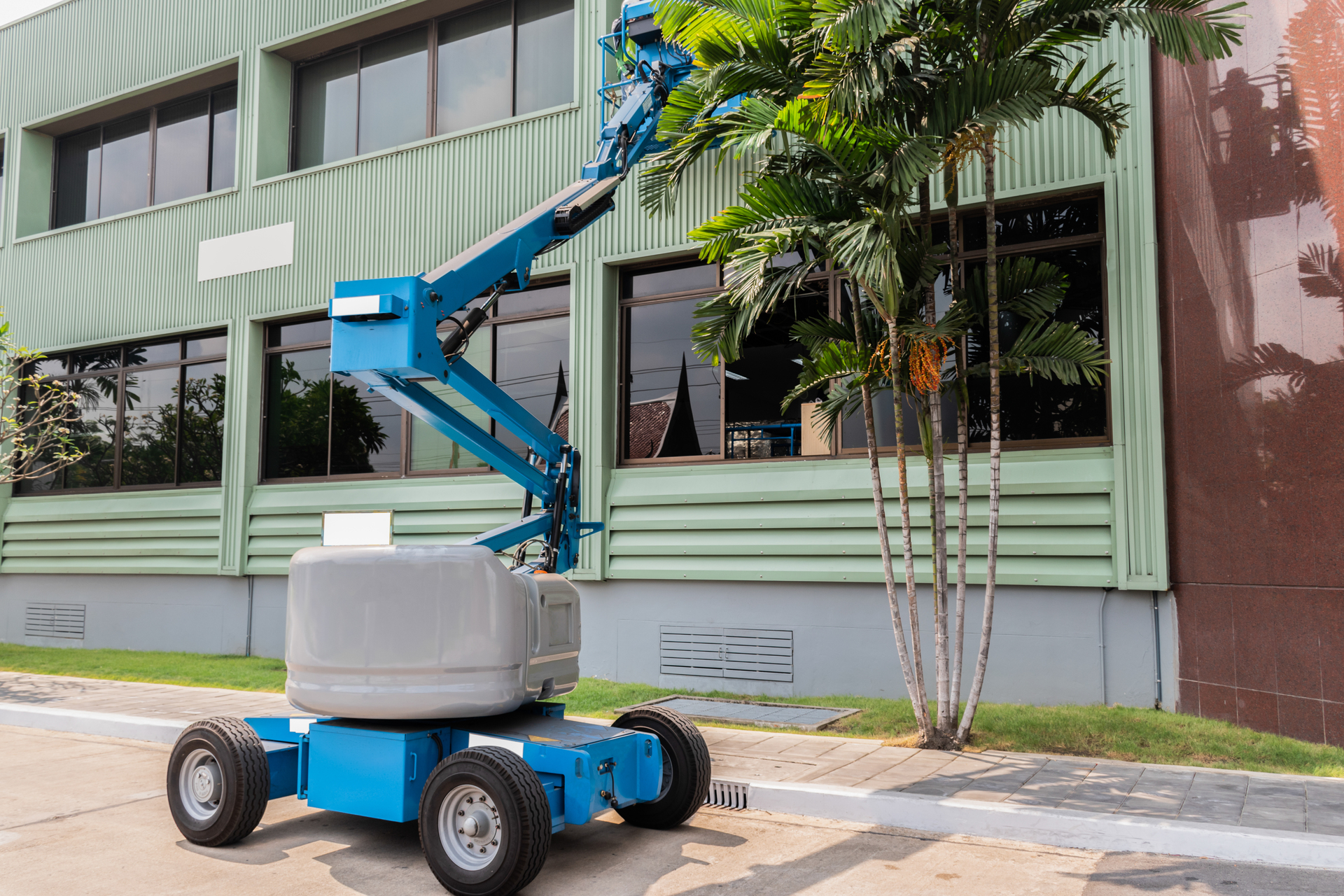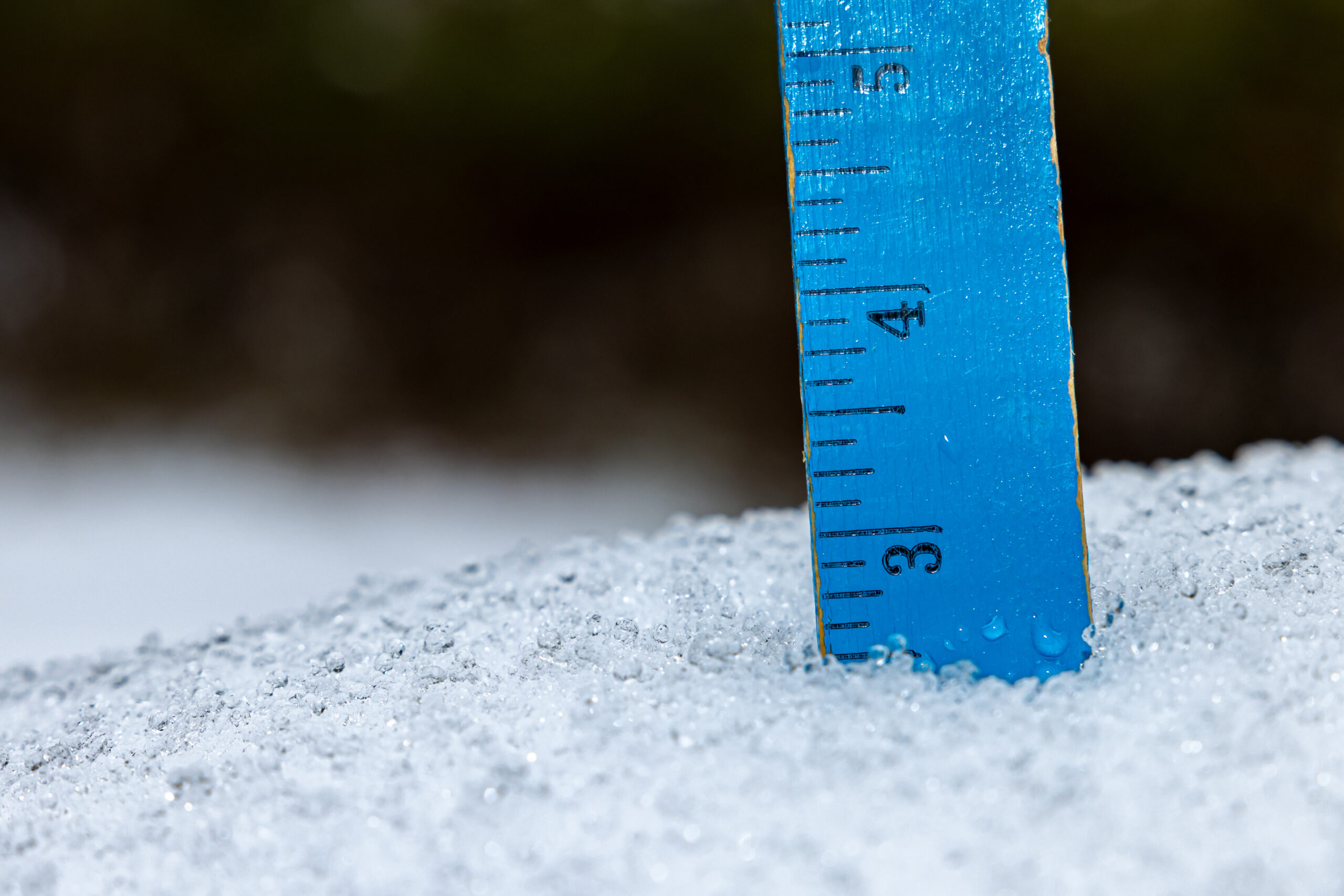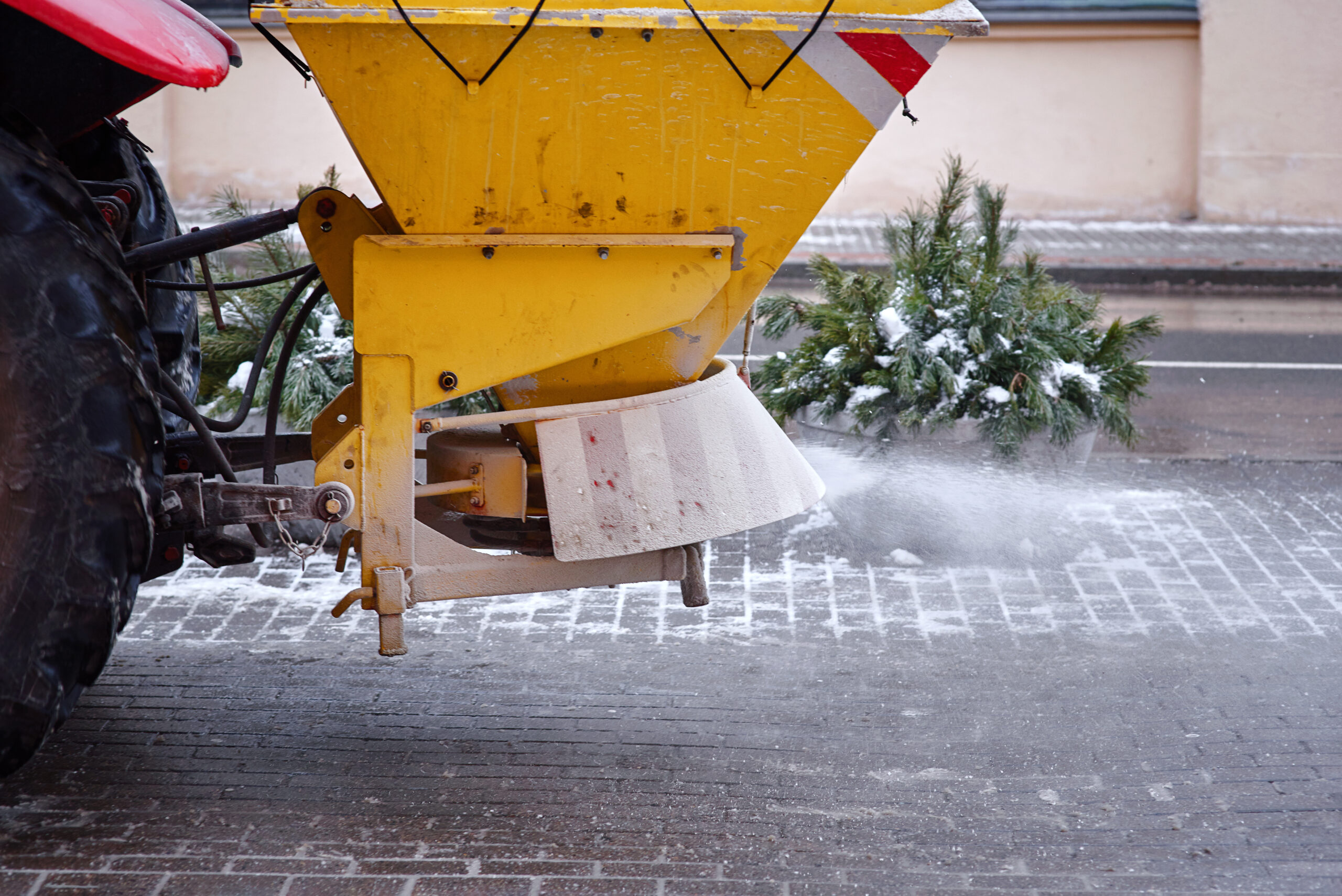What Is Commercial Tree Service & Do You Need It?
Property owners often focus on buildings, parking lots, and general landscaping but overlook trees until a problem arises. A fallen branch, an unstable trunk, or diseased growth can turn into a safety hazard, causing property damage or liability concerns. Trees contribute to curb appeal, provide shade, and enhance the environment, but without professional care, they can become a burden rather than an asset. Commercial tree services ensure that trees remain safe, attractive, and properly maintained.
What Does a Commercial Tree Service Include?
Tree care isn’t just about removing unwanted growth. Professional services cover a range of tasks designed to maintain the health and stability of trees while preventing potential hazards. The most common services include:
Tree Trimming and Pruning
Overgrown branches can interfere with buildings, power lines, or walkways, making regular trimming essential. Proper pruning promotes healthy growth, prevents breakage, and improves a tree’s overall structure. Without strategic cuts, trees can develop weak limbs or become more vulnerable to disease.
Tree Removal
Trees that show signs of severe disease, structural instability, or root failure pose a significant risk. Removing a tree requires careful planning to prevent damage to surrounding property. A professional service ensures that removals are done safely, using specialized equipment to control the fall and avoid accidents.
Stump Grinding and Removal
After a tree is taken down, the remaining stump can become an eyesore or a tripping hazard. Some stumps also attract insects, fungi, and other pests. Grinding the stump down below ground level eliminates these problems while restoring the area for future landscaping.
Health Assessments and Disease Management
Not all tree problems are visible to the untrained eye. Internal decay, pest infestations, and fungal infections can weaken a tree long before symptoms become obvious. Arborists evaluate trees for signs of distress, identifying diseases early and applying targeted treatments to stop further damage.
Emergency Storm Cleanup
Severe weather can snap branches or uproot entire trees, blocking roadways, damaging structures, or creating safety risks. Quick intervention is often necessary to clear fallen trees and prevent further property damage. Emergency tree services respond rapidly to restore order and remove debris.
Land Clearing and Large-Scale Maintenance
Commercial properties often require large-scale tree management, whether for new construction, hazard reduction, or landscaping improvements. Clearing out deadwood, thinning overcrowded areas, or removing invasive species ensures a safer and more appealing environment.
How to Tell If Your Property Needs a Tree Service
Many tree issues develop gradually, making it easy to miss early warning signs. Regular inspections help catch problems before they become expensive or dangerous. Some signs that a professional service is needed include:

- Branches extending too close to structures – Limbs that reach toward roofs, windows, or power lines can cause significant damage during storms. Falling debris may crack glass, puncture roofing materials, or create electrical hazards. Cutting back overgrown branches prevents these risks while maintaining a clean, structured look.
- Trees leaning or appearing unstable – A sudden or noticeable lean can indicate root damage, soil instability, or structural weakness. Trees with compromised support systems may fall unexpectedly, leading to costly repairs or liability concerns. Professionals assess the risk and determine whether reinforcement, trimming, or removal is necessary.
- Signs of disease or decay – Discolored leaves, bark peeling away, fungal growth, and hollow trunks often point to disease or internal rot. These conditions weaken trees, making them more susceptible to collapse. Early detection allows for treatment before removal becomes the only option.
- Storm damage or fallen branches – Strong winds and heavy rains can break limbs or uproot entire trees. Even if visible damage seems minimal, internal weaknesses might have developed. Inspections following severe weather ensure hidden issues don’t lead to bigger problems later.
- Unkempt or overcrowded growth – Overgrown trees can block sunlight, limit airflow, and compete for nutrients, leading to weak or unhealthy growth. Managed pruning improves tree health while maintaining an organized and appealing landscape.
Why Tree Care Shouldn’t Be a DIY Task
Trimming a few branches or cutting down a small tree may seem simple, but tree work is more complicated than it appears. Professionals use specialized tools, follow safety protocols, and understand the biology of trees to make precise cuts without causing long-term damage. Some common DIY mistakes include:
- Over-pruning or incorrect cuts – Removing too many branches weakens a tree’s structure, making it more vulnerable to wind damage and disease. Cutting in the wrong place can also create wounds that fail to heal properly, leading to decay.
- Unsafe climbing and handling – Scaling a tree with a standard ladder or using basic hand tools increases the risk of falls and injuries. Tree professionals use harnesses, lifts, and climbing gear designed for stability and safety.
- Improper tree removal techniques – Felling a tree requires knowledge of weight distribution, balance, and surrounding obstacles. Incorrect cuts can cause a tree to fall unpredictably, leading to property damage or personal injury.
- Lack of disease awareness – Not all tree health issues are obvious. Some problems develop internally before external symptoms appear. Arborists recognize subtle signs of disease, pest infestations, and decay, applying the right treatments to restore health.
What to Look for in a Commercial Tree Service
Choosing the right service provider ensures the job is handled safely and efficiently. A reliable company should have:
- Licensed and insured operations – Tree work involves significant risk, so any reputable service carries liability insurance and workers’ compensation.
- Certified arborists on staff – Credentials from organizations like the International Society of Arboriculture (ISA) indicate a higher level of expertise.
- Modern equipment and techniques – Outdated tools or improper methods can lead to unnecessary damage. Advanced technology allows for precision work with minimal disruption.
- Transparent pricing and contracts – Clear estimates, detailed work plans, and no hidden fees help avoid unexpected costs.
The Impact of Regular Tree Maintenance
Neglecting tree maintenance can lead to unexpected costs, safety hazards, and even legal liabilities if a tree falls and causes damage. Investing in a professional tree service reduces these risks while ensuring the longevity and health of the landscape. A well-maintained tree line enhances curb appeal, increases property value, and minimizes emergency tree removal expenses.
National Facility Contractors provides expert commercial tree care services designed to prevent costly hazards, maintain property aesthetics, and ensure compliance with safety regulations. Whether addressing storm damage, managing tree health, or planning large-scale landscape improvements, professional services make tree care hassle-free and reliable.
Conclusion
Well-maintained trees provide more than just aesthetic value. Regular care prevents property damage, reduces liability risks, and extends the lifespan of trees. Overgrown or neglected trees can create safety concerns, interfere with business operations, or lead to costly emergency removals. Investing in professional tree services ensures landscapes remain safe, functional, and visually appealing.
Ignoring tree care often results in greater expenses down the road. When trees show signs of distress, prompt attention from professionals prevents hazards and preserves the integrity of commercial properties. Whether for routine maintenance, disease management, or emergency response, expert services keep trees in top condition while protecting surrounding structures and landscapes.






